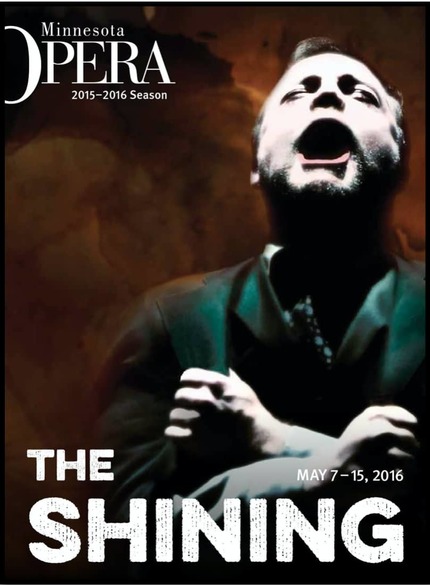Goth Chick News: Anne Rice’s Vampires and Witches Get a Final Resting Place on AMC
To say I was a fan of Anne Rice’s stories is to under-report the nature of my obsession. Not only do I have all of her work in multiple formats (at least all of it up to 2005), I have hardcover first editions of many, signed by the lady herself. These were the results of multiple pilgrimages to New Orleans to attend her book releases at the Garden District Book Shop as well as her annual Vampire Ball which used to be held every October. These trips lead to my own love affair of NOLA which remains to this day, all thanks to the incredible mystery, terror and romance Rice conveyed in her works, most of which were anchored in the city time forgot.
So, what happened in 2005 that changed everything?
Hurricane Katrina devastated New Orleans that year. Rice had decamped in 2002 when her husband passed away, selling all her properties and moving to California to join her son Christopher, a successful author in his own right. However, her leaving the city had not stopped the tourism generated by Rice’s stories. Following Katrina, city leaders appealed to Rice to come back to New Orleans to host an event or two and help get the city back on its feet. Unfortunately, Rice declined, which was understandable if it had been too hard to return to the place where her husband’s memory was everywhere. But Rice’s stance went much deeper.
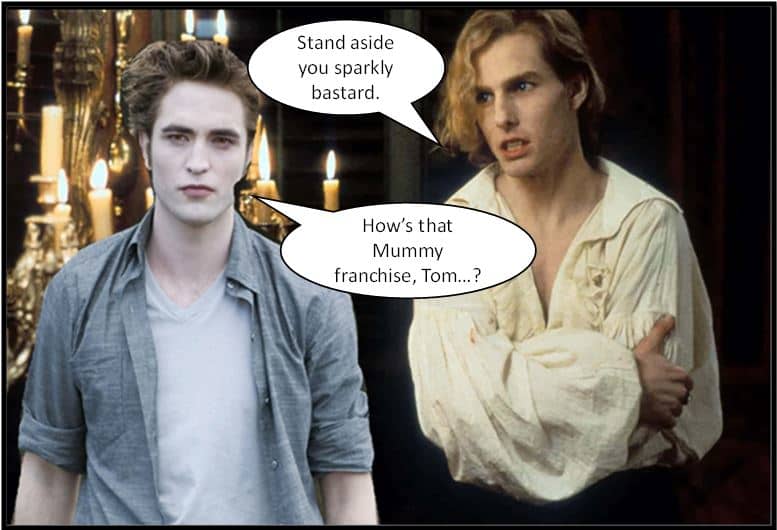
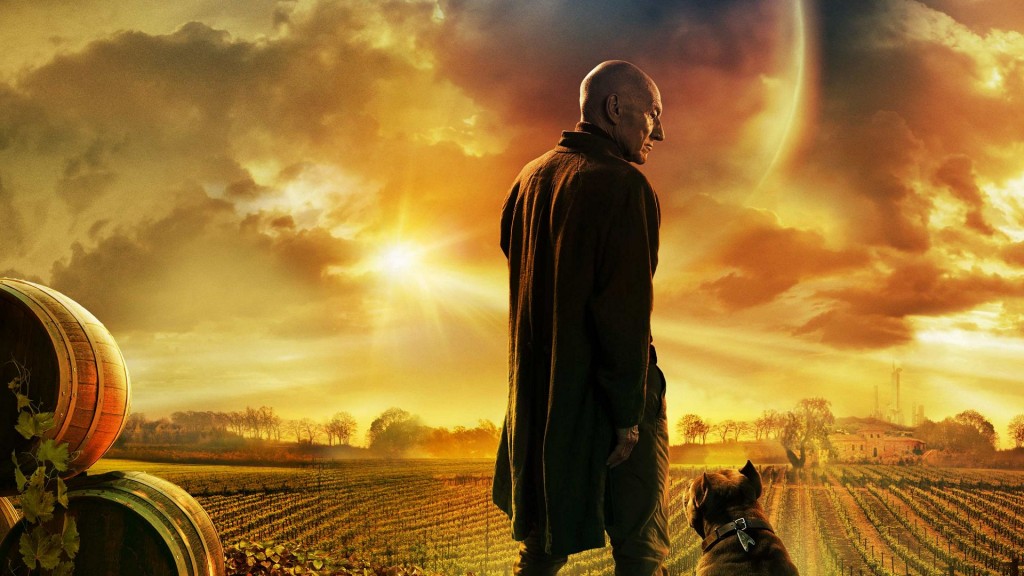
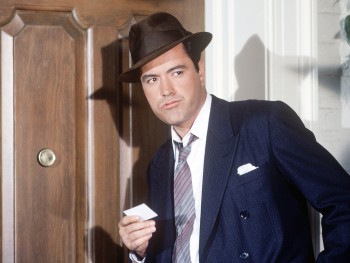
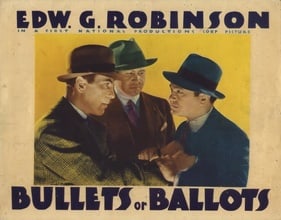
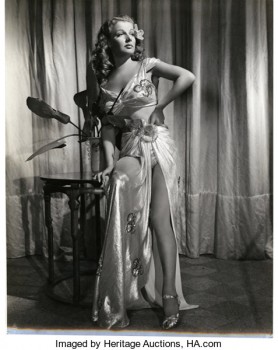
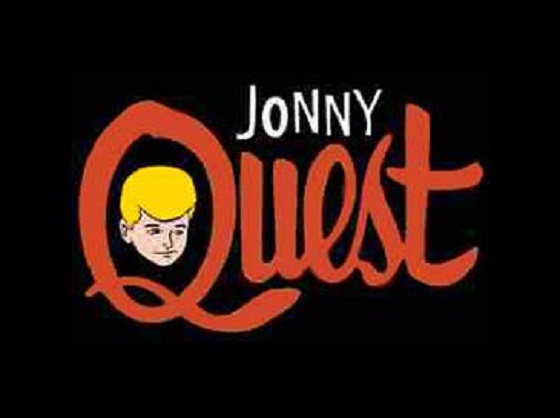
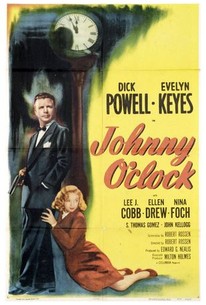
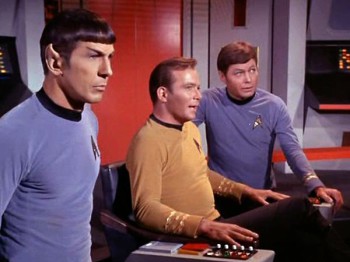 Do you remember your first hero? Any kind of hero. It could have been a hero from a movie or a book or a television show, even a hero from real life.
Do you remember your first hero? Any kind of hero. It could have been a hero from a movie or a book or a television show, even a hero from real life.